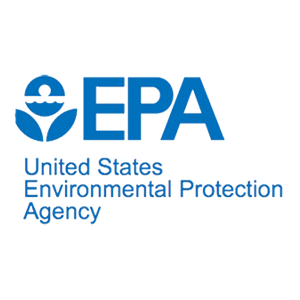WASHINGTON – Today, the U.S. Environmental Protection Agency (EPA), in collaboration with the U.S. Department of Defense (DoD), published a draft of the first EPA-validated laboratory analytical method to test for per- and polyfluoroalkyl substances (PFAS) in eight different environmental media, including wastewater, surface water, groundwater, and soils. This method provides certainty and consistency and advances PFAS monitoring that is essential to protecting public health.
“This new testing method advances the science and our understanding of PFAS in the environment, so we can better protect people from exposure,” said EPA Administrator Michael S. Regan. “This illustrates the progress we can make when working with federal partners in an all of government approach. I want to thank the Department of Defense for its leadership on this issue and for working with us to achieve this important milestone.”
A partnership between EPA and the Department of Defense’s Strategic Environmental Research and Development Program has produced draft Method 1633, a single-laboratory validated method to test for 40 PFAS compounds in wastewater, surface water, groundwater, soil, biosolids, sediment, landfill leachate, and fish tissue. Until now, regulated entities and environmental laboratories relied upon modified EPA methods or in-house laboratory standard operating procedures to analyze PFAS in these settings. With the support of the agency’s Council on PFAS, EPA and DoD will continue to collaborate to complete a multi-laboratory validation study of the method in 2022.
“This is one of many examples of strong EPA – DoD Collaboration on issues of national importance. Currently the Department is working with EPA, other federal agencies, academic institutions, and industry on over 130 PFAS-related research efforts, and we expect further progress in the future,” said Deputy Assistant Secretary of Defense for Environment and Energy Resilience Richard Kidd.
This draft method can be used in various applications, including National Pollutant Discharge Elimination System (NPDES) permits. The method will support NPDES implementation by providing a consistent PFAS method that has been tested in a wide variety of wastewaters and contains all the required quality control procedures for a Clean Water Act (CWA) method. While the method is not nationally required for CWA compliance monitoring until EPA has promulgated it through rulemaking, it is recommended now for use in individual permits.
Draft Method 1633 complements existing validated methods to test for PFAS in drinking water and non-potable water.
For more information on CWA Analytical Methods for PFAS, visit:
https://www.epa.gov/cwa-methods/cwa-analytical-methods-and-polyfluorinated-alkyl-substances-pfas.
For Frequent Questions about PFAS Methods for NPDES Permits, visit:
https://www.epa.gov/cwa-methods/frequent-questions-about-pfas-methods-npdes-permits.
Background:
Draft Method 1633 complements existing Safe Drinking Water Act methods to test for 29 PFAS compounds in drinking water and a Resource Conservation and Recovery Act method for 24 PFAS compounds in non-potable water.
EPA publishes laboratory analytical methods (test procedures) that are used by industries, municipalities, researchers, regulatory authorities and other stakeholders to analyze the chemical, physical, and biological components of wastewater and other environmental samples. EPA regularly publishes methods for CWA compliance monitoring on its CWA Methods website. Doing so does not impose any national requirements to use the method. Only after EPA promulgates a CWA analytical method through rulemaking (at 40 CFR Part 136) does it become nationally required for use in NPDES permit applications and permits.
The work the agency is doing to provide new laboratory analytical methods reflects the work that the EPA Council on PFAS is undertaking to support federal, state, local, and Tribal efforts to protect all communities from the harmful impacts of PFAS contamination.


